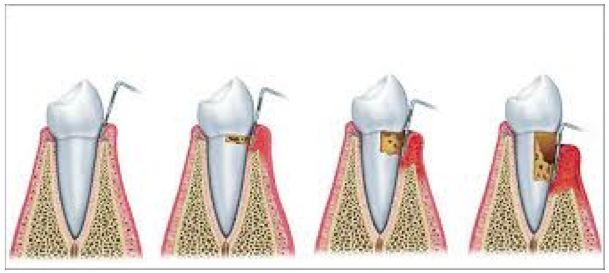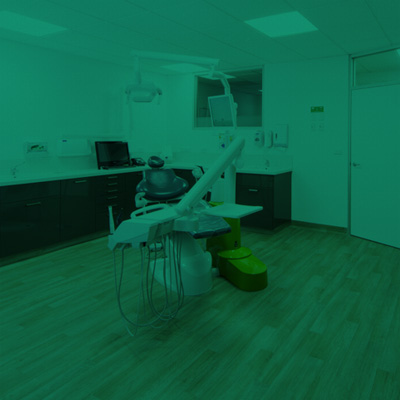Gum Disease
Preventive Dentistry

Gum disease is the inflammation of the tooth’s supporting tissues –ie: gum (gingiva), periodontal ligament (that connects the tooth to jawbone) and bone itself. There are two main stages of gum disease –gingivitis and periodontitis (periodontal disease).
Gingivitis:
The early stage of gum disease is called gingivitis. When the bacterial film known as plaque has been allowed to accumulate on the tooth surface for more than 1 –2 days, an inflammatory reaction occurs in the gum tissue. This results in redness and swelling of the gums and the area will often bleed when touched. While it is tempting to avoid cleaning your gums when they are bleeding or inflamed, correct brushing and flossing will help improve the situation. Gingivitis is a reversible condition and effective cleaning will quickly lead to healthy gums. 1 or 2 professional cleans per year will also help to remove deposits that are missed by regular home cleaning.
Periodontitis:
Periodontitis is the more serious form of gum disease and is a major cause of tooth loss in adults. It involves the destruction of the tooth’s supporting tissues and, if allowed to progress unchecked, can lead to tooth loosening and ultimately tooth loss.
Warning signs include:
- gums that bleed easily
- red, swollen, tender gums
- gums that have pulled away from the teeth (gum recession)
- persistent bad breath or bad taste
- permanent teeth that are loose or have moved
- changes in the fit of partial dentures

It is possible to have gum disease and have no warning signs. That is why regular dental checkups and periodontal examinations are very important. Treatment methods depend upon the type of disease and how far the condition has progressed. Good dental care at home is also essential to help keep periodontal disease from becoming more serious or recurring.




